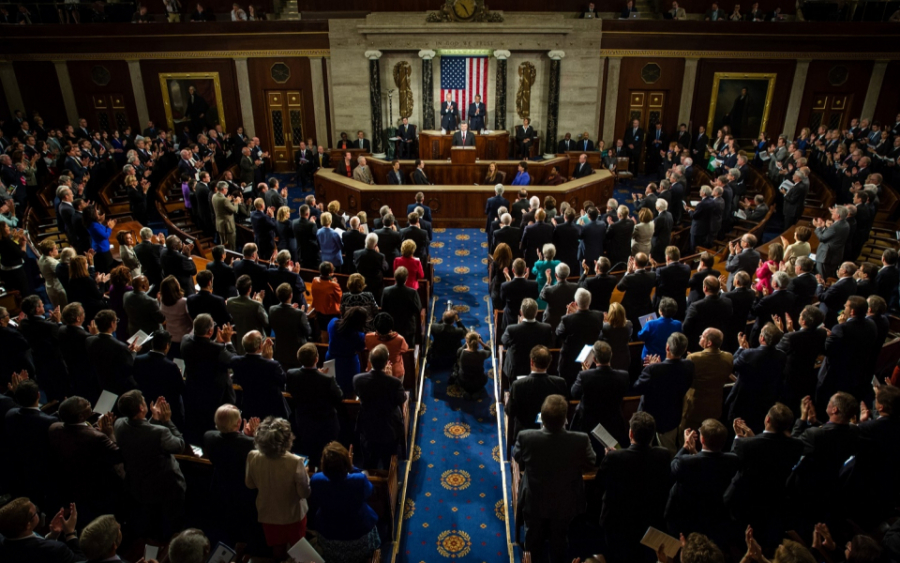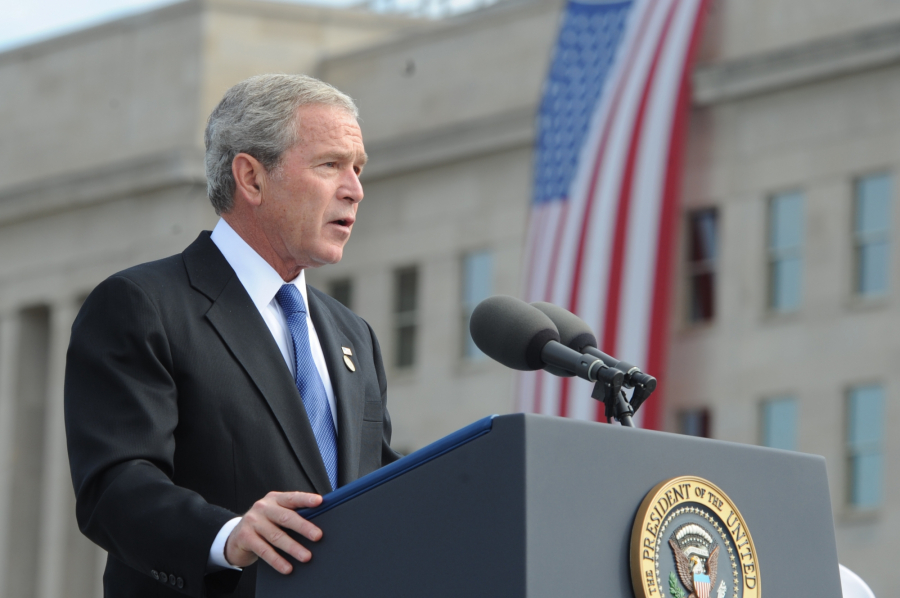Though American politicians often espouse the importance of equality and the importance of each individual vote, this sentiment is not entirely accurate. In the general election on November 8th, the election that determines the next president of the United States, the candidate who receives the greatest number of individual votes may not actually win the presidency. This is a result of the electoral college.

The electoral college is a group of 538 electors who represent various districts throughout the United States. It is made up of 435 state representatives, 100 senators, and the 3 electors that are given to Washington D.C., as it is not technically a state. Each state starts off with a base of three electoral votes-states are then given additional votes based on their population. More populous states will have a greater number of electoral votes: for example, California, which has a population of nearly 40 million people, has fifty-five electoral votes, while Iowa, which only has a population of 3 million people, has six electoral votes. While California has a population approximately thirteen times that of Iowa, it only has nine times the number of electoral votes; individual votes in less populous states tend to carry more weight as a result of the electoral college.

When individual voters cast their ballot, what they are actually indicating is which candidate they would like the electors to vote for. This system is a holdover from the colonial era, when information could only be spread through written correspondence or by messengers who traveled via horseback. Having one individual vote in Washington D.C. was, in the late 18th and early 19th centuries, the most efficient system. The electoral college has remained mostly unchanged. Forty-eight states operate under a "winner-take-all" system, meaning that whichever candidate receives the greatest number of popular votes will receive all the electoral votes from that state. Nebraska and Maine, with five and four electoral votes respectively, divide their votes proportionally based on which candidate wins the popular vote in each district. A candidate needs a minimum of 270 electoral votes-just over 50 percent of all available votes-in order to win the presidency.
As mentioned previously, the number of electoral votes will vary from state to state. The majority of states are projected to give their electoral votes to the Republican candidate, Donald Trump. In spite of this, these states tend to have very few electoral votes: states on the coast or with urban hubs, such as California or New York, have a greater number of electoral votes and tend to lean heavily in favor of the Democratic nominee. These states are projected to give their electoral votes to Secretary Hillary Clinton. It is not enough, however, to rely on the votes of just two or three states. There are several states that tend to vote inconsistently from election to election; these are referred to as battleground or "swing" states. Candidates tend to focus their energy and campaign dollars towards swing states with a substantial number of electoral votes, such as Florida or Ohio.

There is one, gaping flaw with the electoral college system: the candidate who gets to become president of the United States may not be the candidate who won the popular vote (the greatest number of individual votes). There are several factors that could contribute to this outcome: an elector may choose to not cast a state's electoral votes in line with the popular vote of their district; a candidate may receive the electoral votes of most or all states with a high number to give; or a third party candidate may detract from the total number of popular votes a candidate can receive.
The final reason is best exemplified in the 2000 election. Democratic nominee, Al Gore, received 48.38 percent of the popular vote; his opponent, George W. Bush, received only 47.87 percent of the popular vote. Despite receiving 543,895 more individual votes, Gore ultimately did not become president of the United States. The issue stemmed from the state of Florida-the state had been deemed "too close to call" on election night, resulting in neither candidate winning its twenty-five electoral votes (it is important to note that Florida now has twenty-nine electoral votes). After a recount and a decision by the Supreme Court in the case Bush v. Gore, Bush was declared the winner by a margin of just 537 votes.

One of the contributing factors of Gore's loss was Green Party candidate Ralph Nader, who managed to win 97,488 votes in Florida. The Green Party was considered a viable alternative to liberal voters-Gore's platform was considered too centrist and moderate by many voters, who launched protest votes by casting their ballots for Nader. Had Nader not run, it is possible that Gore would have won the state of Florida, and with it, the presidency. This rhetoric is relevant even in this year's election: Democrats are concerned that should Green Party candidate Jill Stein draw too many votes away from Secretary Clinton, Trump will ultimately be handed the presidency.
The electoral college was very much a product of its time. In our current political system, it is outdated and detracts from the power of individual votes. Unfortunately, it is unlikely that the electoral college will be overturned or even reformed in the foreseeable future.
The opinions stated above are those of the individual author and do not reflect those of the editorial board of Passport to Wall Street.














